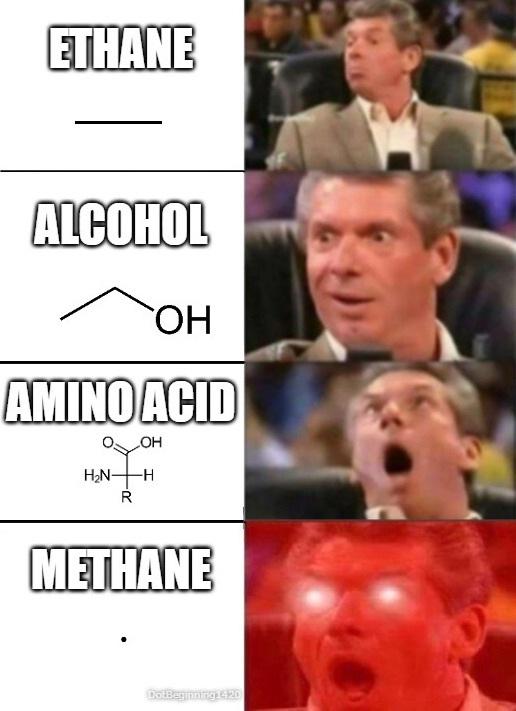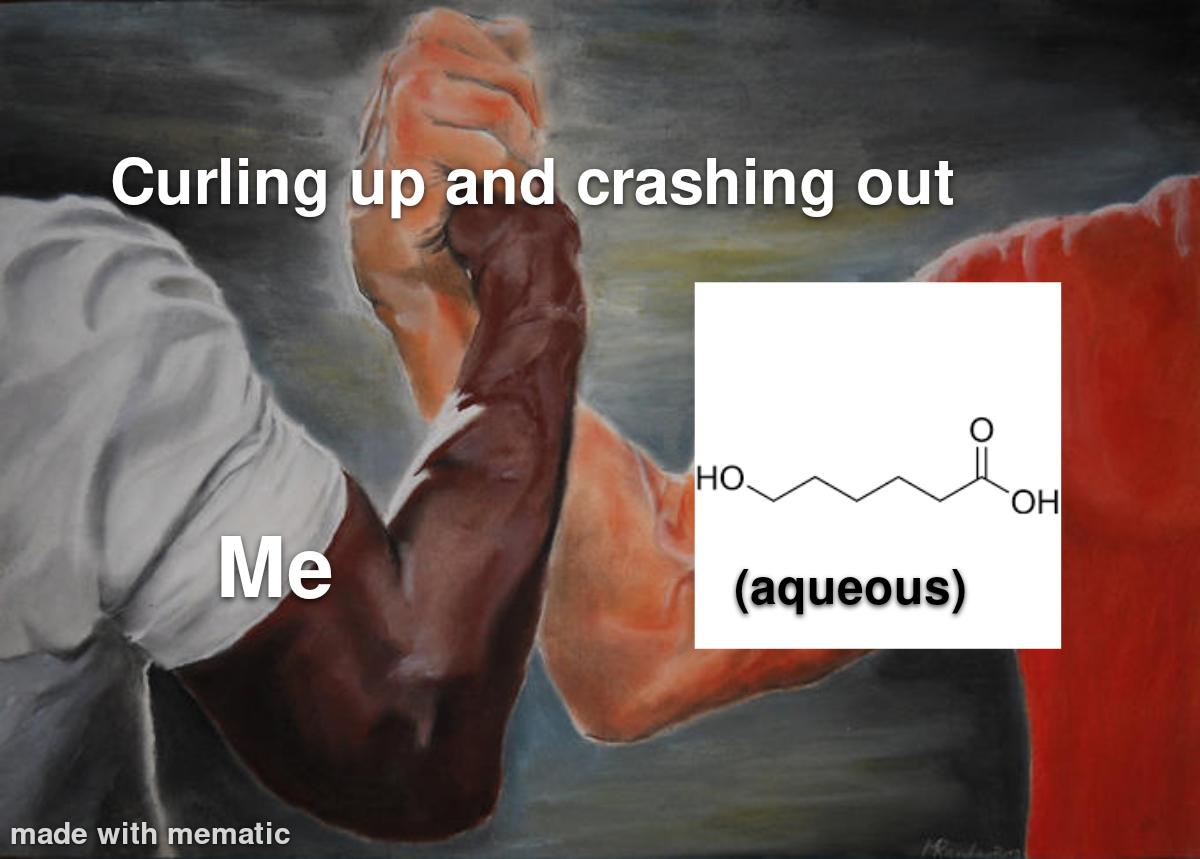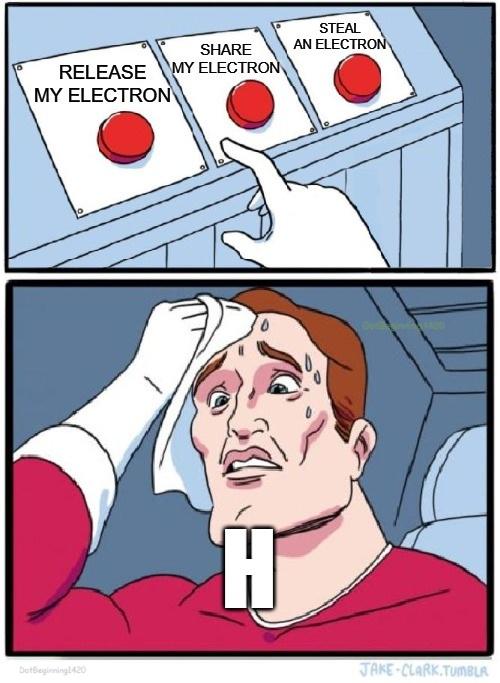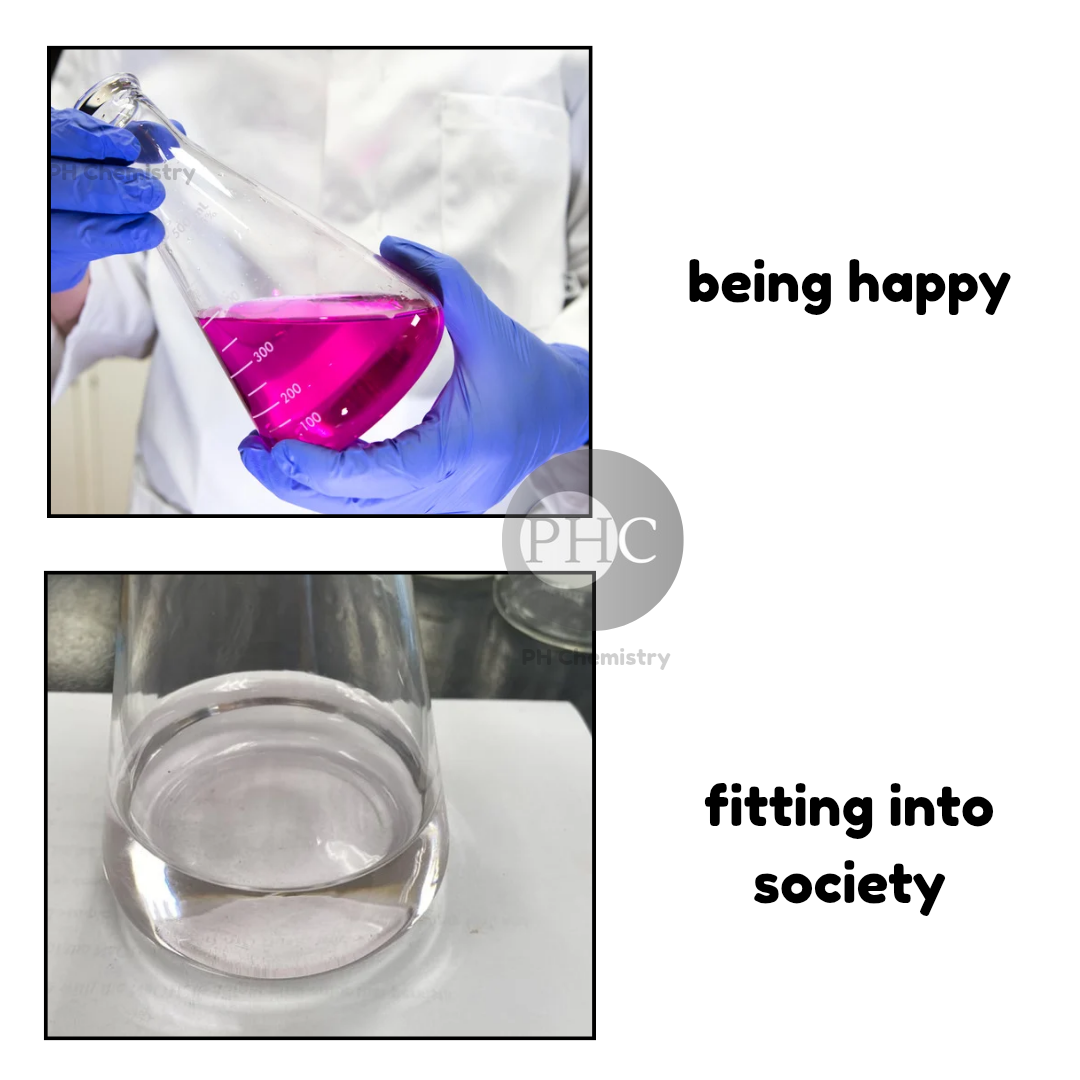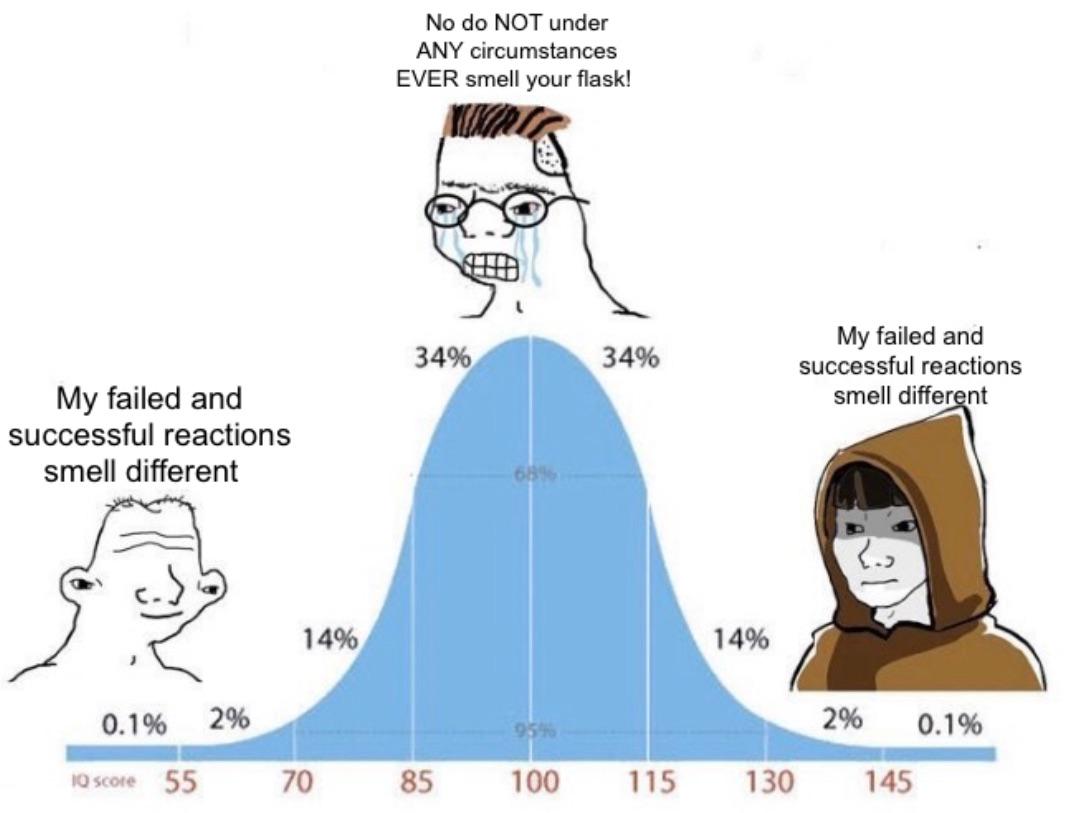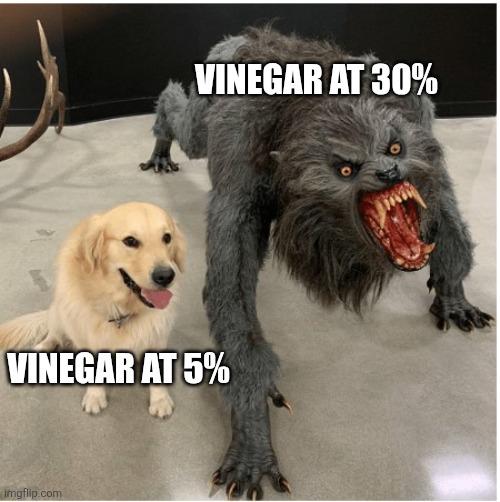The existential crisis of hydrogen atoms is real! This poor H atom is sweating bullets trying to decide between releasing, sharing, or stealing an electron. It's basically the atomic version of "fight, flight, or make friends." Chemistry students know the struggle - hydrogen can form cations (H+) by releasing electrons, covalent bonds by sharing electrons, or even become hydride (H-) by stealing electrons. No wonder this atom is having a meltdown! It's like being at a chemical buffet with too many reaction pathways and not enough valence electrons to go around.


 Academia
Academia
 Ai
Ai
 Astronomy
Astronomy
 Biology
Biology
 Chemistry
Chemistry
 Climate
Climate
 Conspiracy
Conspiracy
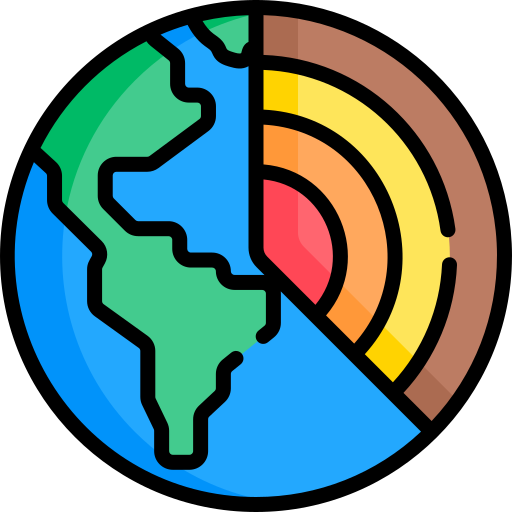 Earth-science
Earth-science
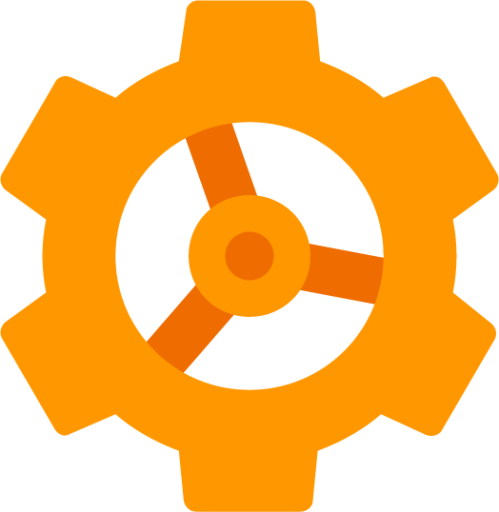 Engineering
Engineering
 Evolution
Evolution
 Geology
Geology




